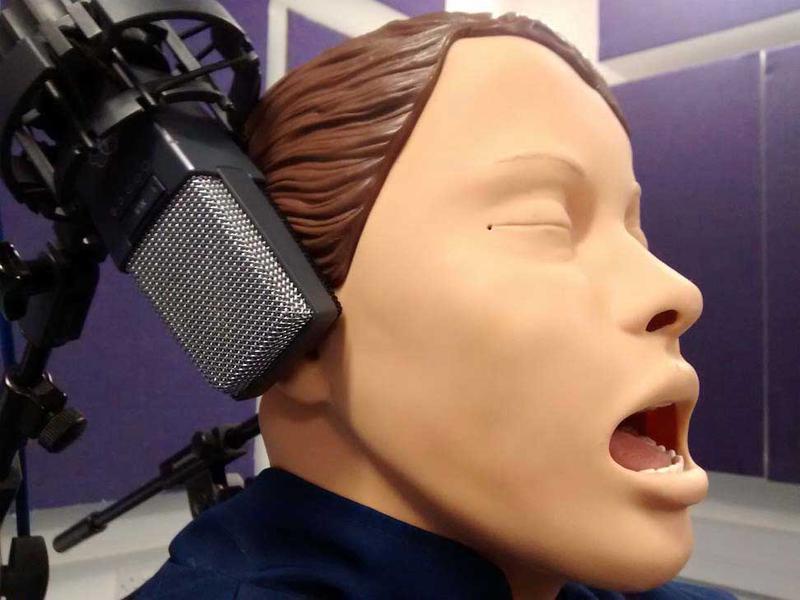Binaural Location Experiment

A few years ago, I was experimenting with sound for VR. This was back when the first oculus rift development prototype had recently released. There was very limited documentation in the subject.
The ability for a user to be able to move their head in space allowed for greater immersion, at least for visuals. Yet the inverse appeared to be true for sound. Stereo sounded very ‘fake’ and pulled users out of the experience. And so mono sound was utilised for the majority of early software prototypes developed for these new VR systems.
Stereo sound has one axis. Starting from left and moving to right. In the centre of this axis, a sound would play at the same level in both the left and right channel. This creates an illusion that the sound is in the middle of the axis.

The main issue with stereo sound was depth. audio levels play a large part in creating depth in sound but panning was still a big issue. If a sound is located behind you, it would sound exactly the same as if the sound was in front of you. if a sound was below you, it would sound the same as if above you.
Experimentation led to a focus on binaural sounds. In binaural audio, two channels are used (like stereo and our ears). The difference in binaural is that instead of capturing sound using one microphone, two microphones are used and distanced “head width” apart from each other.

This setup mimics our ears. In which, the tiny delay in sound reaching one ear to the other ear creates the information needed for the brain to locate the sound within a space.
A recording studio space was set up as a way to record binaural sounds in a controlled environment. The diagram below shows the placement of each speaker (every coloured circle) in relation to the microphones and dummy head.

Max/MSP was utilised to develop a quick application that could output audio to each of the speakers. This application was set up with different sources such as pink noise and 1 KHz sine wave tone. For a more realistic scenario, a 4 channel surround ambience of a train station recorded at an earlier date was also used.
The speakers were placed at different locations within the space. Some speakers positioned closer to the microphone equipment and some positioned further away. This was to ensure that experiment would take into consideration more than simple left/right panning.
This test did not include speakers at different heights. If I were to do a similar experiment, I would include height as another perimeter. This test was only to hear if binaural sound was a better method of listening to sound of a space within virtual reality (rather than stereo or mono sound).
A preliminary experiment using foam was conducted before this experiment. The outcome chose which of the available microphones at our disposal would be selected as the most natural reproduction of sound. This test used various listeners in the same placement as the microphone equipment. The listeners would hear sound within the space and then listen to a recording of the microphone equipment under the same circumstances. The listeners then chose which recording sounded closest to what they heard live. The AKG 414’s on Omni pickup pattern were the clear winners of this experiment. As such, were the microphones of choice for the following experiment.